I always enjoy the collision of cultures. It’s like trying to slam two atoms together at super high speed—you never know if there will be a big bang, or something more akin to a whimper. Just look at Western fashion, which often takes its clues from far away places. When British archeologist Howard Carter discovered King Tut’s tomb in 1922, people went wild for all things Egyptian. Fashion, architecture, and design were influenced by the discovery. It was a global phenomenon.
Recently I discovered some fascinating bookplate photographs in a New York gallery that on first glance felt like traditional Indian miniatures, a multi-centuries old tradition that is still practiced today. But they weren’t. The painted images were classical photographs from the West, bookplate images of Hollywood stars, diners, New York streets, Coney Island, even Mark Twain.
After speaking to Randall Morris of Cavin-Morris Gallery, here is what I learned. The photographic bookplates he was exhibiting were selected by Raj-NY Photo Colors Studio and sent to traditional Rajasthani miniaturists to be painted. There were no instructions or art direction given—the miniaturists were simply paid to paint on various examples of iconic Western photographs. Call it an artistic experiment, but the results were an astonishing fusion of Indian culture, a postmodern hybrid resulting in some of the oddest images I have seen in some time.
Take this famous photograph of actress Marilyn Monroe standing on the breezy, New York City subway grate. In this version, her white dress becomes a colorful textile decorated with Indian motifs, and the grate is now an elaborate Indian rug. All the other elements in the image have been left alone. The result is a complete retelling of a classic story.
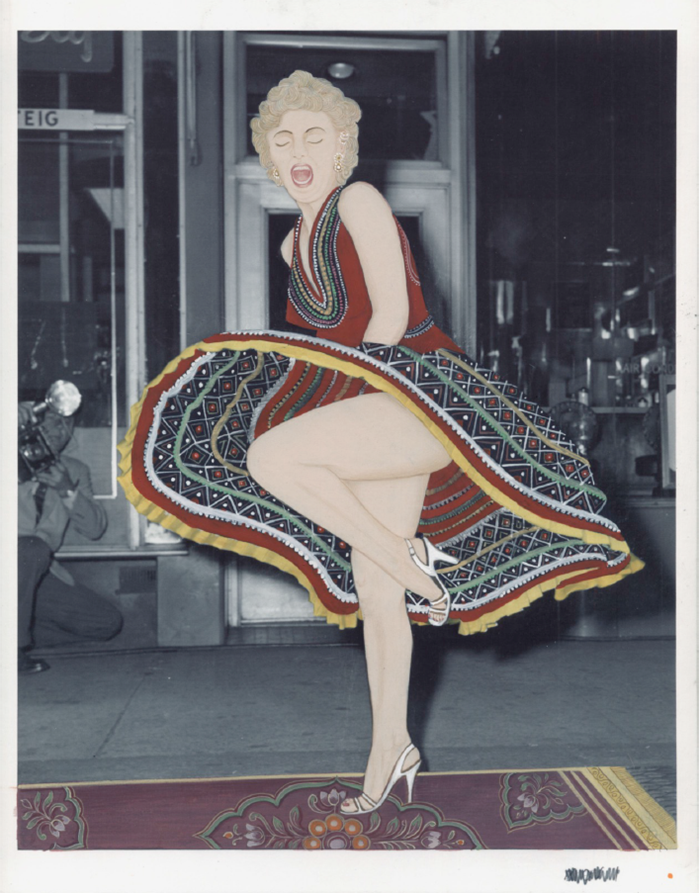
India (Anonymous), Untitled, 2014. Pigment on vintage bookplate; 11 x 8.5 inches
Below, a photograph of a 1950s-ish melancholy blonde woman, smoking a cigarette in some unknown American diner, sees the stool next to her transformed into a purple draped tabletop. On top of it, her gold jewelry—rings and bracelets, just lying there as if abandoned. And behind her, which is either a mirror or a painting of a traditional Indian woman dressed in red, reveals this blonde is not in Kansas anymore.
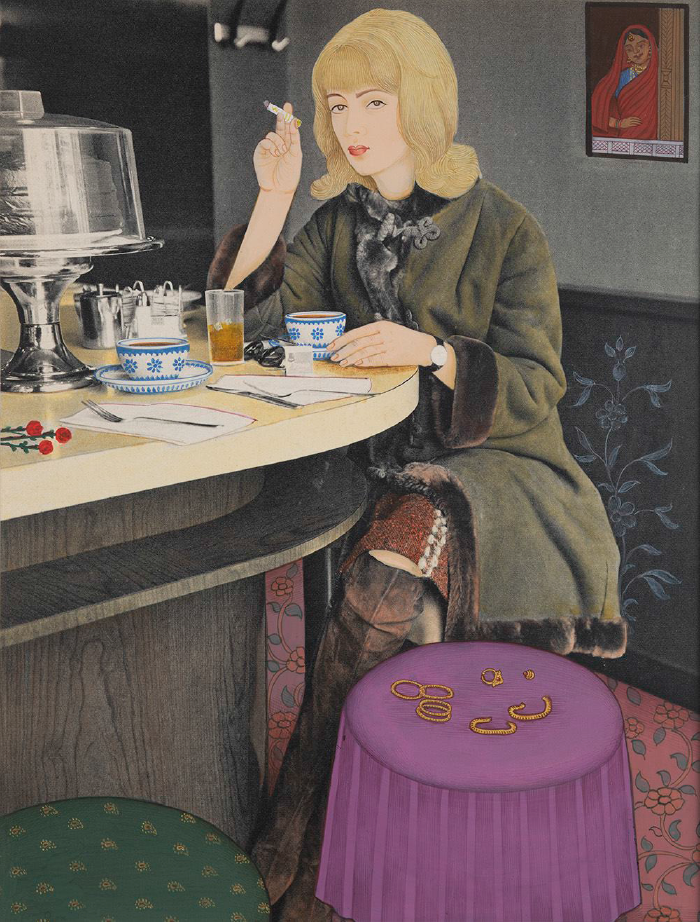
India (Anonymous), Untitled, 2014. Pigment on vintage bookplate, 14 x 11 inches
++++
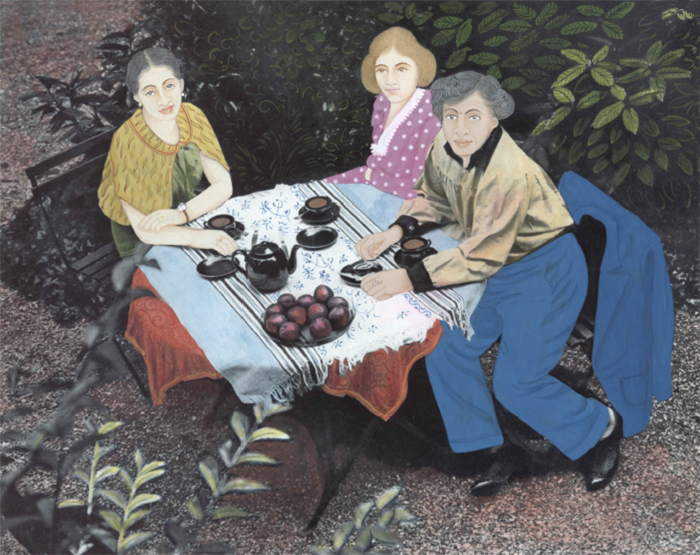
India (Anonymous)
Untitled, 2014
Pigment on vintage bookplate
8 x 10.5 inches

India (Anonymous)
Untitled, 2014
Pigment on vintage bookplate
7.25 x 7.75 inches
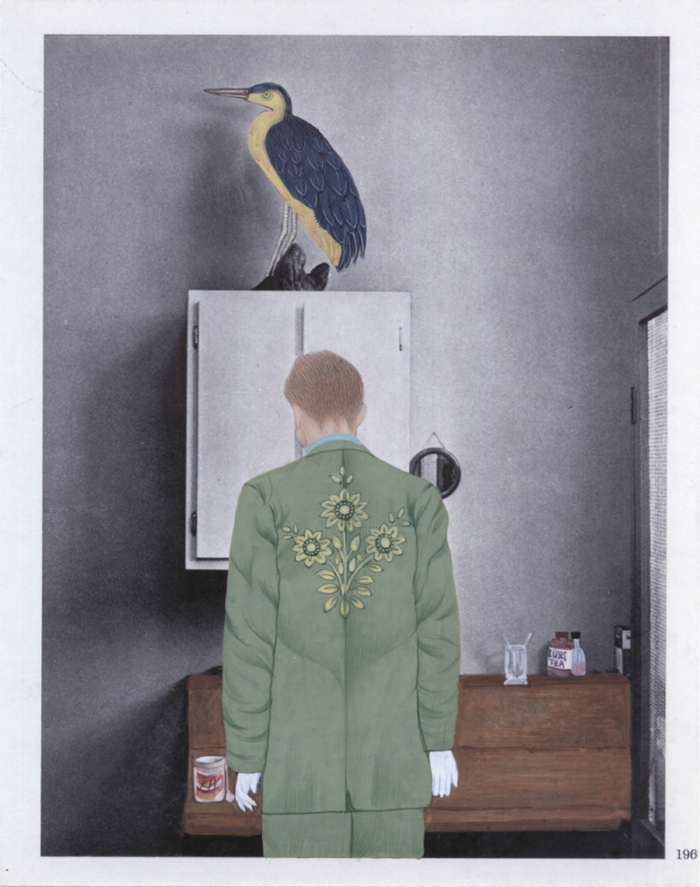
India (Anonymous)
Untitled, 2014
Pigment on vintage bookplate
8.3 x 6.6 inches

India (Anonymous)
Untitled, 2014
Pigment on vintage bookplate
9.4 x 8 inches

India (Anonymous)
Untitled, 2014
Pigment on vintage bookplate
6.25 x 8.5 inches

India (Anonymous)
Untitled, 2014
Pigment on vintage bookplate
8 x 10 inches
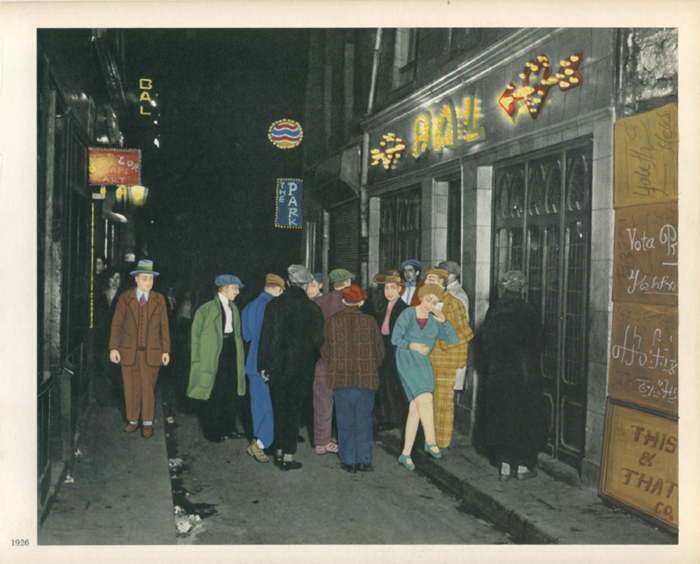
Untitled, 2014
Pigment on vintage bookplate
8.5 x 10.5 inches
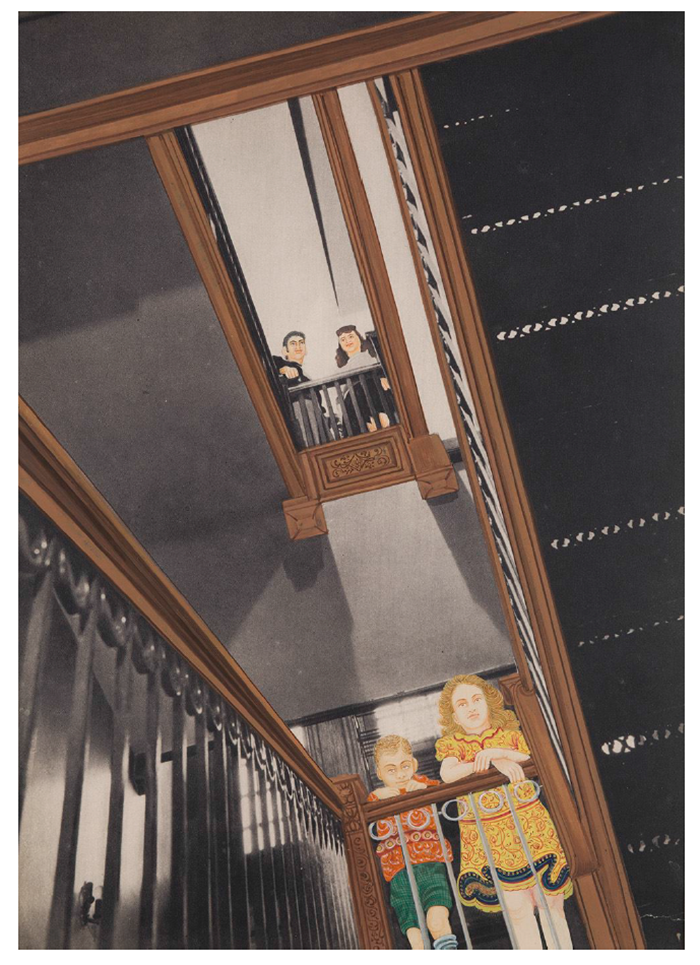
India (Anonymous)
Untitled, 2014
Pigment on vintage bookplate
12 x 9 inches
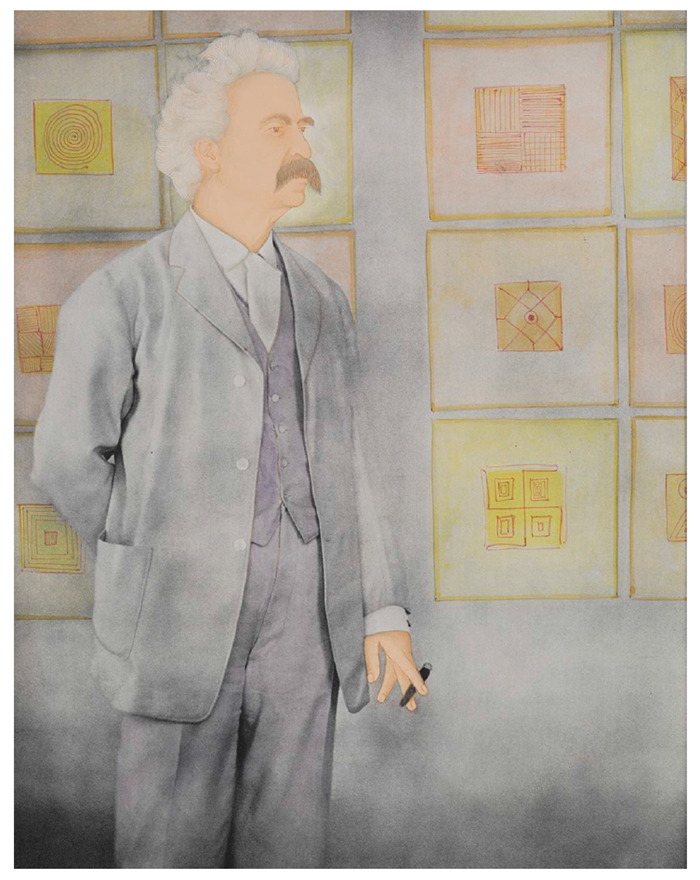
India (Anonymous)
Untitled, 2014
Pigment on vintage bookplate
14 x 11 inches
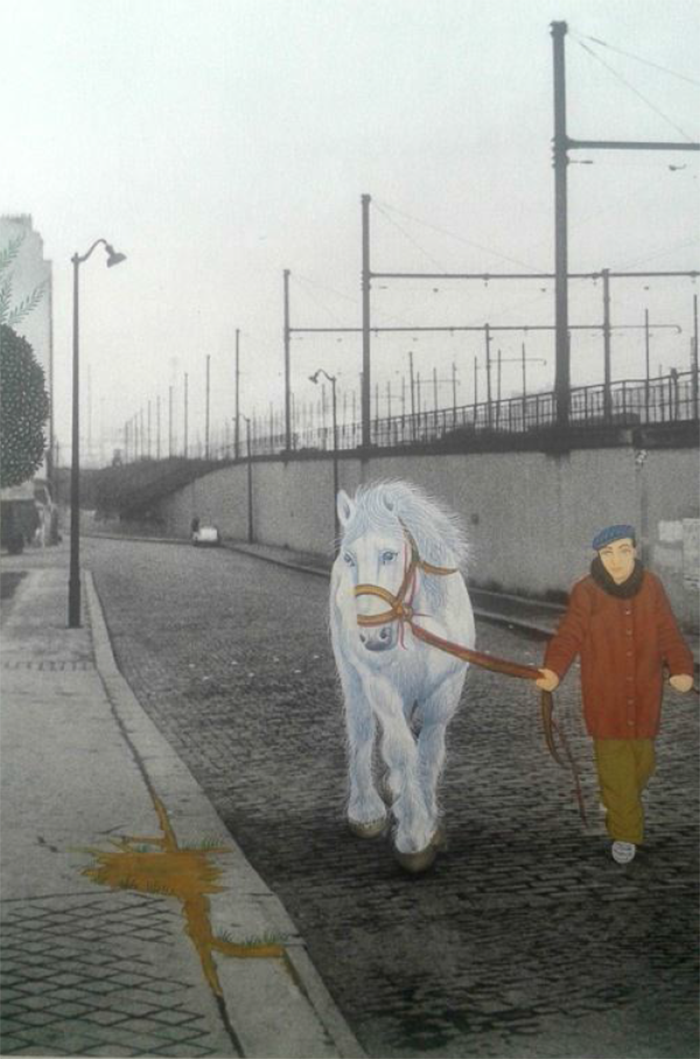
India (Anonymous)
Untitled, 2014
Pigment on vintage bookplate
11 x 8.5 inches
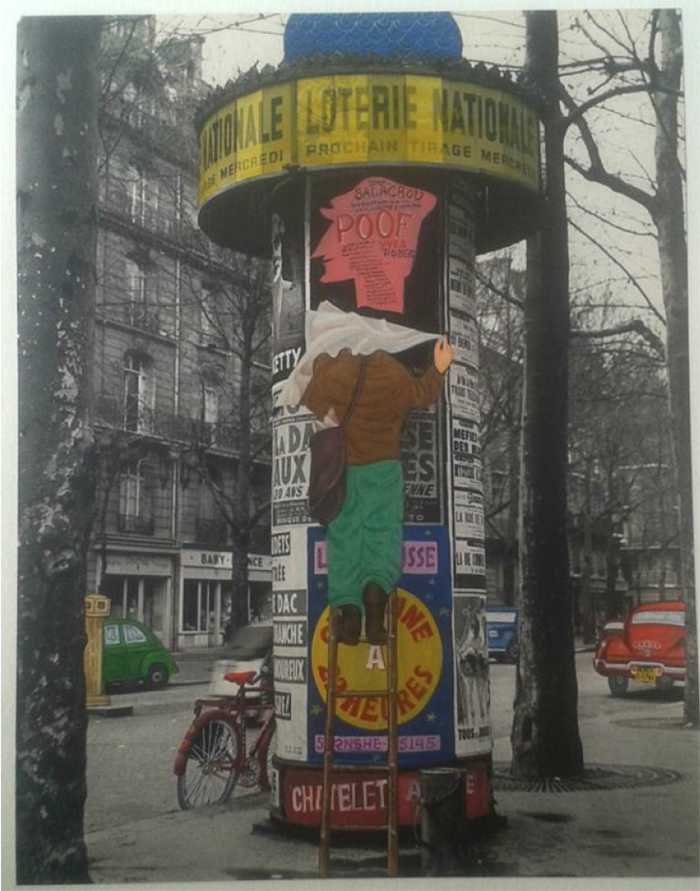
India (Anonymous)
Untitled, 2014
Pigment on vintage bookplate
11 x 8.5 inches
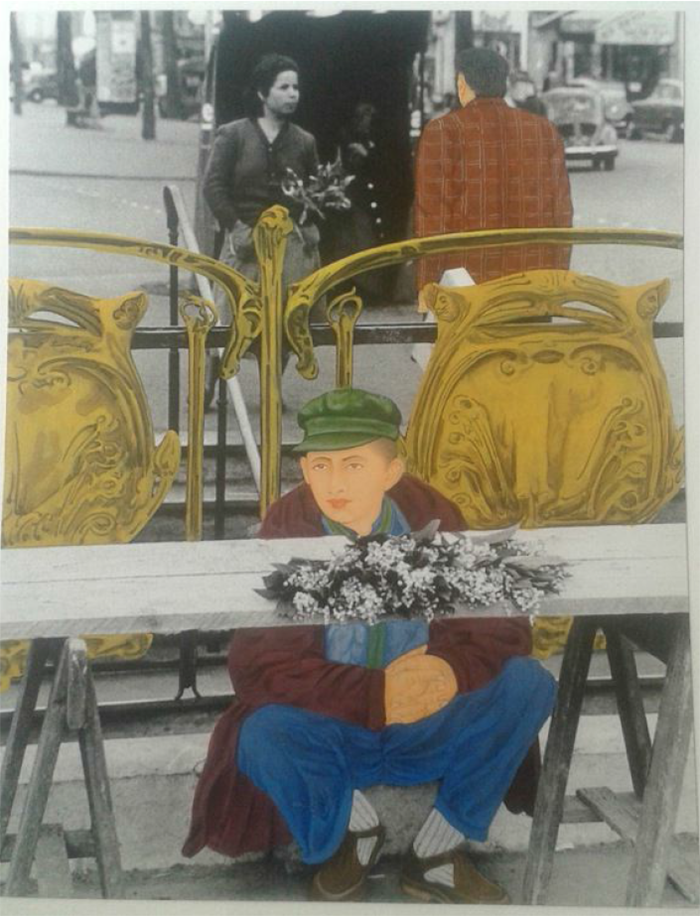
India (Anonymous)
Untitled, 2014
Pigment on vintage bookplate
11 x 8.5 inches
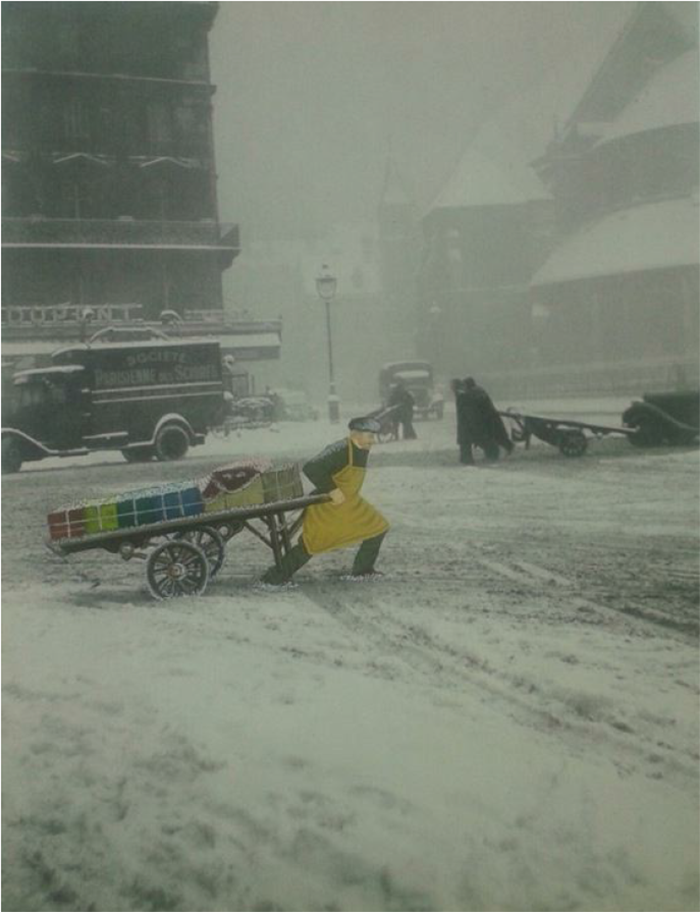
India (Anonymous)
Untitled, 2014
Pigment on vintage bookplate
11 x 8.5 inches
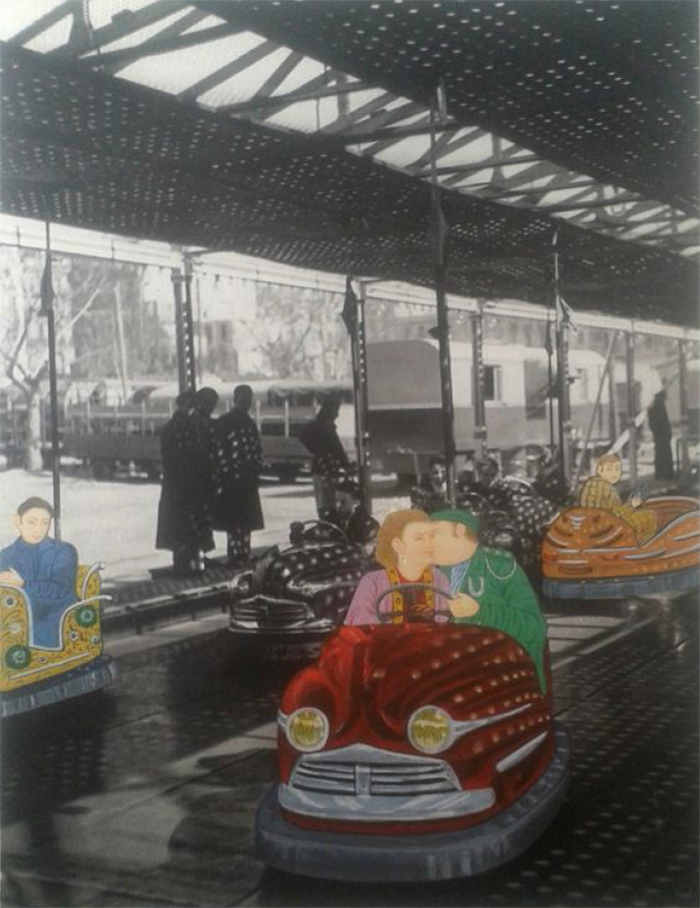
India (Anonymous)
Untitled, 2014
Pigment on vintage bookplate
11 x 8.5 inches
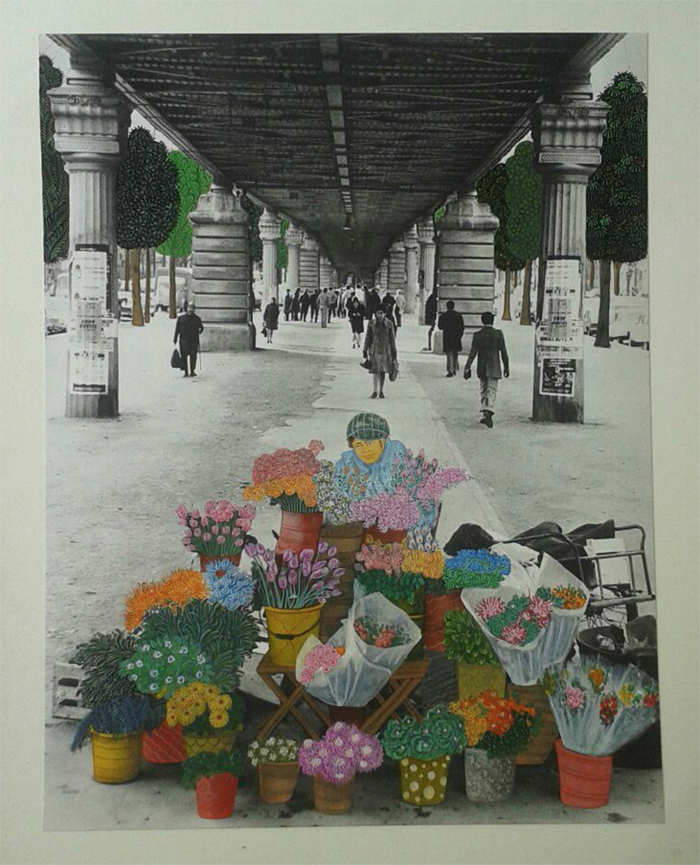
India (Anonymous)
Untitled, 2014
Pigment on vintage bookplate
11 x 8.5 inches
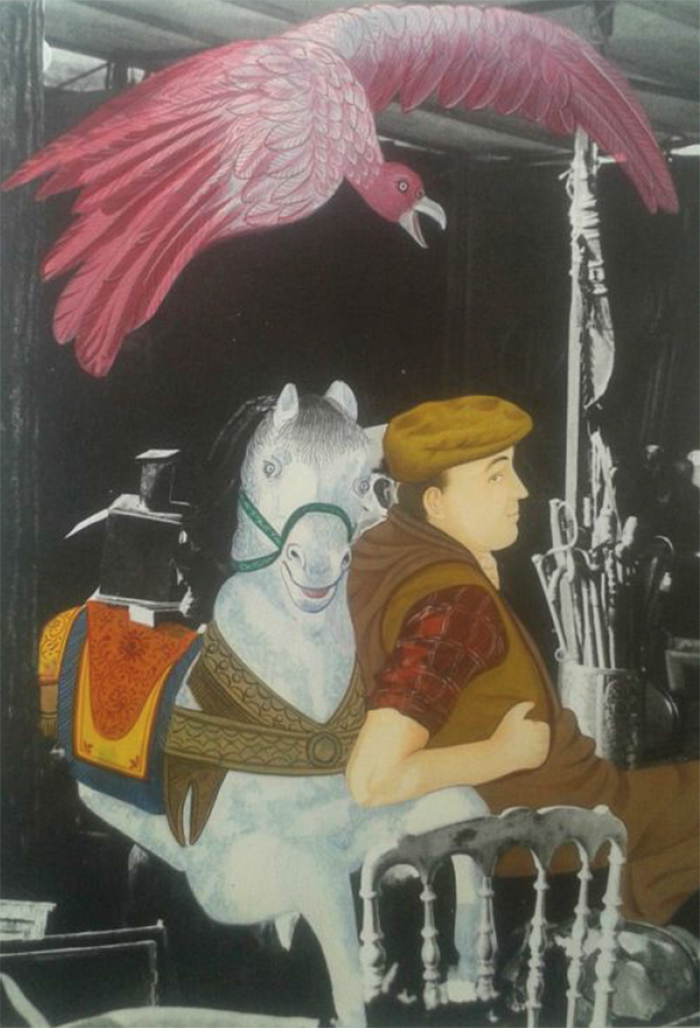
India (Anonymous)
Untitled, 2014
Pigment on vintage bookplate
11 x 8.5 inches
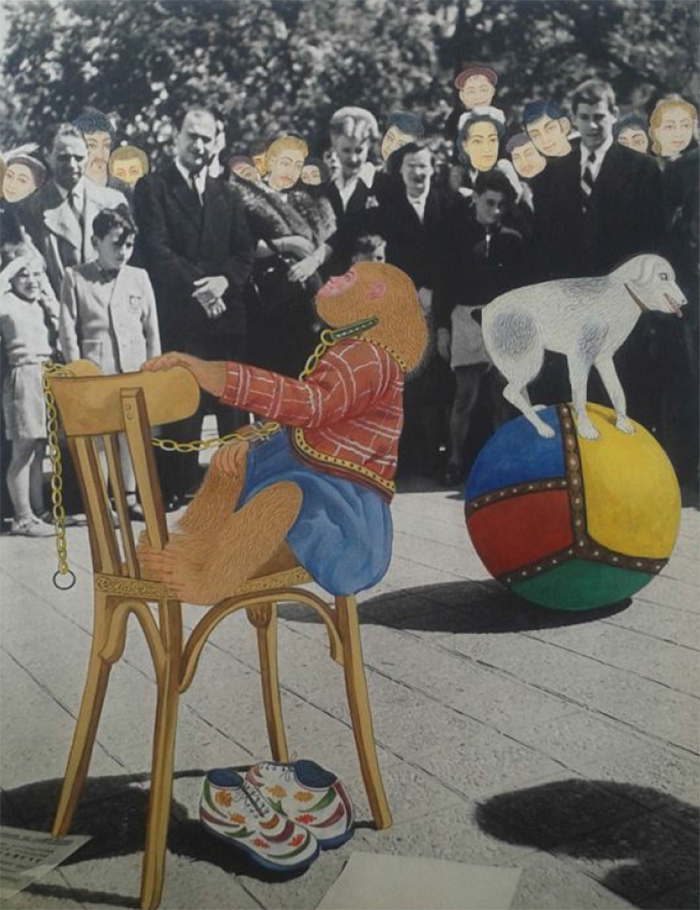
India (Anonymous)
Untitled, 2014
Pigment on vintage bookplate
11 x 8.5 inches
All images courtesy Cavin-Morris Gallery, New York
